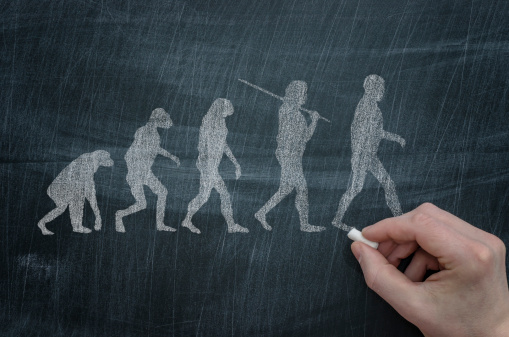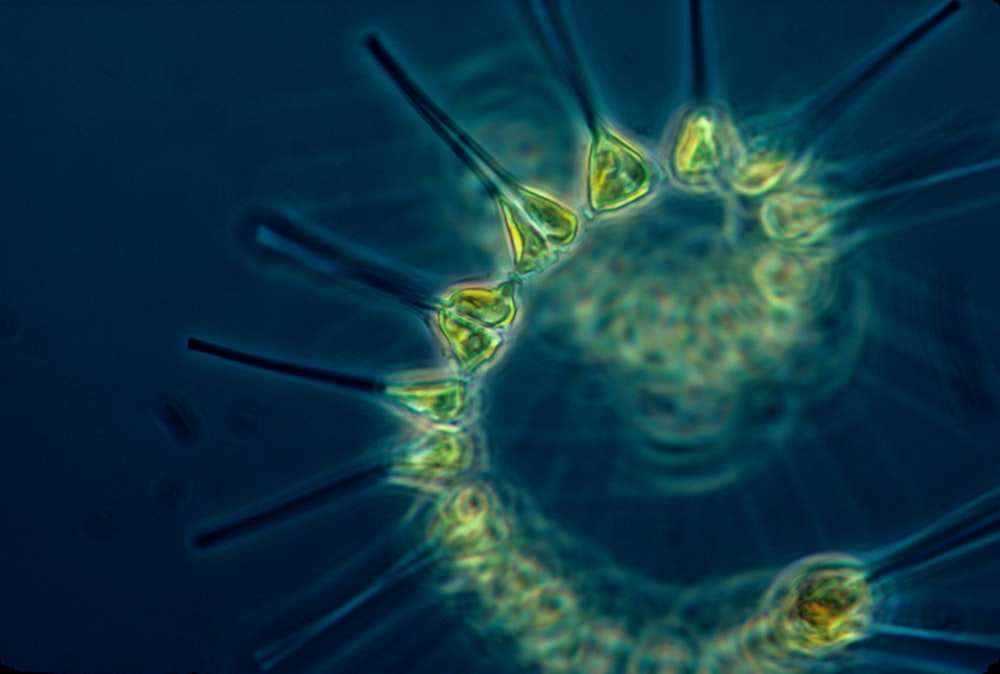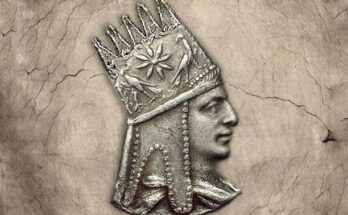How to master the timeline of human history
With continuous revelation of human history, it becomes important to learn and master it. To be a master at human history means a better understanding of it. Timeline of human history can be difficult to master, but now when approached right.
The scientific study of evolution examines how traits of a set of organisms evolve over the course of successive generations. In their research on the evolution of humans, experts have proposed that extinct non-human primates and other creatures that resembled humans in the past gave origin to current humans.
Natural selection is a concept important to the hypothesis of human evolution and was proposed by renowned biologist Charles Darwin. Natural selection is the process through which a species’ genetic make-up evolves over time to make it more able to thrive in its environment. Pioneering work in the area of human evolution was done by Darwin.
Regarding Darwin’s assertions regarding the connections between apes and the timeline of human evolution, a substantial amount of genetic data was gathered. This over time has allowed researchers to determine the precise 94% similarity between the genetic makeup of humans and apes.
Going about Human Evolution
IMAGE CREDITS: Unsplash.com
The capacity to walk on two legs marked the beginning of the change from apes to humans. Bipedalism is the term for this. The species Sahelanthropus tchadensis was one of the oldest known ancestors of humans, a subject we will cover in greater detail later in this article. Around 6 million years ago, Sahelanthropus tchadensis was the first species to start walking on two legs. Homo sapiens, the species to which all modern humans belong, did not arise for around 5 million years after this shift. Several diverse human species lived, evolved, and perished during this significant void in the timeline of human evolution.
Now that we are aware of what human evolution actually entails, we may discuss the timeline of human evolution in more detail. 55 million years ago, to be exact, is when it all started.
55,000,000 years ago: master timeline
Primates evolve from their earliest forms.
eight to six million years ago
The earliest gorillas develop. Following this, the various chimpanzee and human lineages start to diverge from one another.
58,000,000 years ago: master timeline
As the earliest known human ancestor is thought to have started walking on two legs, bipedalism is introduced. Orrorin tugenensis, the species, is this ancestor.
5.5 million years ago
The ape, Ardipithecus, shares characteristics with gorillas and chimpanzees. The habitat of this species is forests.
4,000,000 years ago: master timeline
Australopithecine primates, a species of primate, appear. These primates walk on two hind legs and have brains that are equivalent in size to chimpanzees. The first known human ancestors to inhabit the Savannah were the Australopithecines.
3.2 million years ago
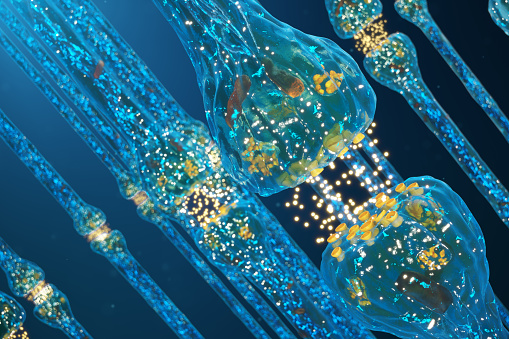
IMAGE CREDITS: istockphoto.com
Australopithecus afarensis lived in Hadar, Ethiopia, according to a specimen of its skeleton fossils found in East Africa in 1974. Since then, this specimen has gone by the name Lucy.
2.7 million years ago: master timeline
Around this time, Paranthropus, a species of ape, inhabited meadows and woodlands. These primates possessed enormous jaws that they used to chew on rough plant material and roots. This species vanished about 1.2 million years ago.
2,500,000 years ago
Homo habilis as a species first appears. The face of this species is notably less projecting yet nevertheless retains many characteristics with apes. During this time, hominids also started using stone tools, which they made by breaking stones, more often. Around this stage in the evolution of humans, certain hominids also started consuming a lot of meat. Due to the increase in meat eating and the resulting increase in energy, hominids were able to grow their brains bigger.
2,000,000 years ago: master timeline
In Africa, remains from this era of the ape Homo ergaster have been discovered. Compared to earlier species, this ape had a larger brain.
1.8–1.5 million years ago
Asia is the location of the Homo erectus species. The earliest living examples of hunters and gatherers are primates. They were also the first in substantial numbers to travel outside of Africa. This species’ brain is even larger, with a capacity of about 1000 cm3.
1.6 million years ago: master timeline
Based on relics discovered in Kenya, it is thought that this period of time saw the earliest usage of fire. Very sophisticated stone tools were also being developed and used at this period. The majority of early humans continued to use these tools up until about 100,000 years ago.
600,000 years ago: master timeline
IMAGE CREDITS: Unsplash.com
Homo Heidelbergensis is a species that now exists in Africa and Europe. The brain size of this species of monkeys was quite comparable to that of modern humans.
500,000 years ago
This is the period when the earliest signs of intentionally constructed shelters first appeared.
400,000 years ago: master timeline
The first humans began using spears for hunting.
325,000 years ago
IMAGE CREDITS: Unsplash.com
It is possible to date the earliest human footprints to 325,000 years ago.
280.000 years ago: master timeline
The first sophisticated grinding and cutting stones are made.
230,000 years ago
Neanderthals start to appear around this time. When modern humans take over about 28,000 years ago, they eventually go extinct.
195,000 years ago: master timeline
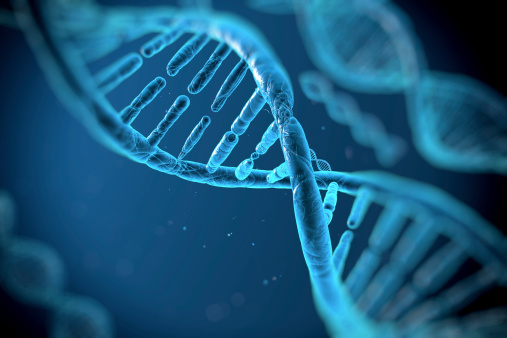
IMAGE CREDITS: istockphoto.com
Homo sapiens, or modern humans as we know them, initially appear at this time. Human migration spans Asia and Europe. This is the time frame for the earliest indications of Homo sapiens remains. The average human brain’s volume at this period was 1350 cm3.
170,000 years ago: master timeline
It is thought that around this period, Africa was home to the earliest direct ancestor of all modern humans. This ancestor is known as Mitochondrial Eve by scientists.
150,000 years ago
The ability to communicate first appears in humans 150,000 years ago. Research suggests that at this time, Homo sapiens began to create a sophisticated system of symbolic and speech.
140,000 years ago: master timeline

IMAGE CREDITS: istockphoto.com
Long-distance trading was first observed 140,000 years ago, according to fossil evidence.
50,000 years ago
Human culture begins to evolve at a significantly faster rate at this stage in the timeline of human evolution. A few cultural shifts included the adoption of ritualistic burial practices. the production of clothing from animal skin, and the development of more clever, efficient hunting methods.
33,000 years ago: master timeline
The earliest indications of cave art date around 33,000 years ago. During this time, Homo erectus goes extinct entirely in Asia.
18,000 years ago: master timeline
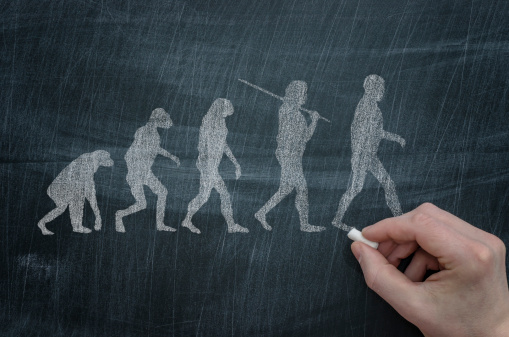
IMAGE CREDITS: istockphoto.com
On the Indonesian island of Flores, there is a species of diminutive, prehistoric humans known as Homo Floresiensis. These prehistoric people are little over a meter tall, and their brains are around the same size as chimpanzees’.
USEFUL LINKS
Keep hovering here to know about Timeline of Human evolution
Check out most civilizations throughout mankind here
Learn some top facts on Human Civilization, click here

